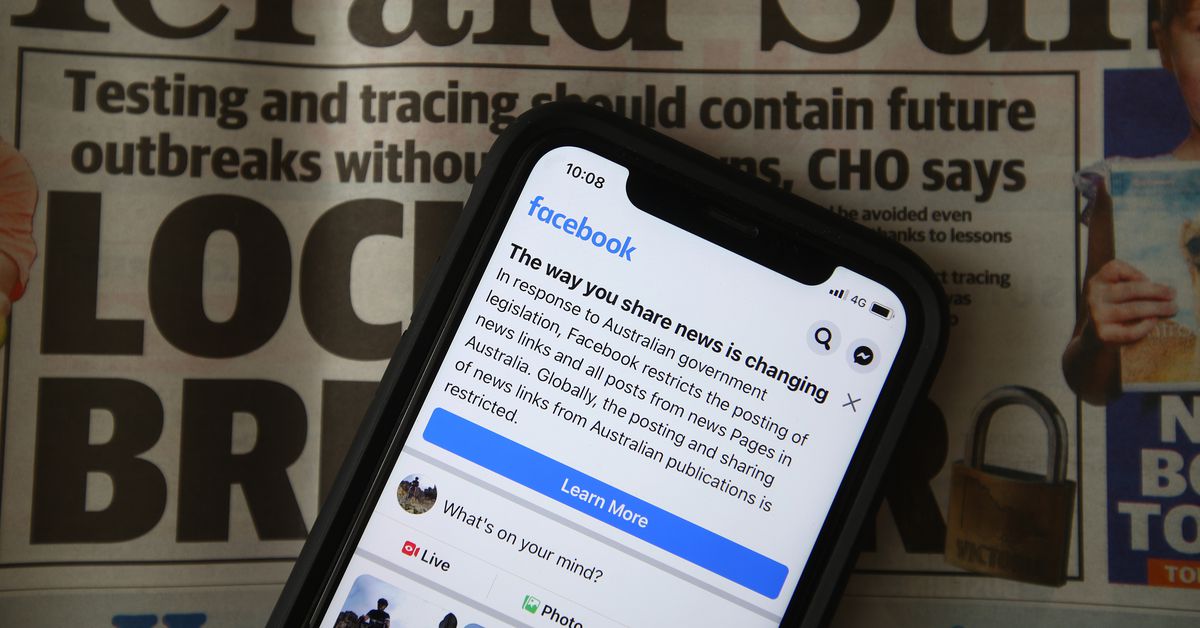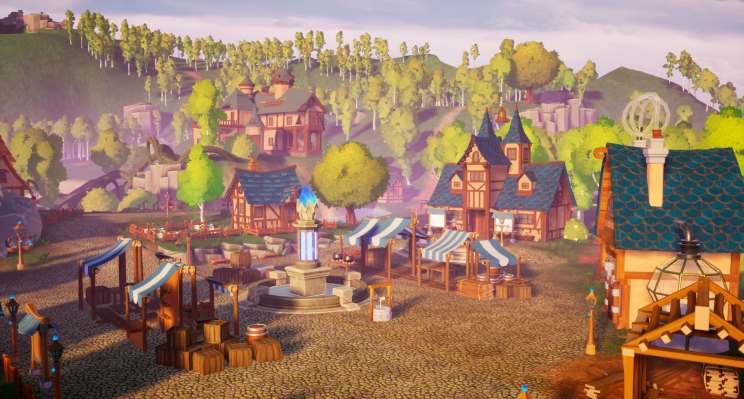Left Behind is the perfect place to start playing after The Last of Us on HBO
Image: SIEWell, after nine weeks of enduring and surviving, the first season of HBO’s adaptation of The Last of Us is finally over. If this was your first exposure to the cordyceps apocalypse, you might be thinking now is...
/cdn.vox-cdn.com/uploads/chorus_asset/file/24489250/Fqt5QfWWYAUSQab.jpg)
Well, after nine weeks of enduring and surviving, the first season of HBO’s adaptation of The Last of Us is finally over. If this was your first exposure to the cordyceps apocalypse, you might be thinking now is the time to get into the games: but where to start? The obvious answer is with the original The Last of Us, which just got a nice, shiny remake for the PS5 (and soon PC). But the ideal starting point is actually something smaller and more intimate: a standalone expansion called Left Behind.
The following includes spoilers for The Last of Us: the game, the show, the sequel — all of it.
Developer Naughty Dog actually recommends you don’t play Left Behind until after completing the base game, but that changes if you’ve watched the show. The first season of HBO’s show followed the same storyline as the original game; sometimes, it lifted entire scenes — other times, it expanded on underdeveloped plots to make something new. Often it felt like an extended cutscene (in a good way).
But because it stuck so closely to the game, you don’t have to worry about spoilers or not understanding what’s going on in Left Behind. In fact, the HBO series dedicated an entire episode to Left Behind’s story. So there’s really no problem jumping straight in.
And Left Behind makes a good entry point for a few reasons. Mainly, it’s shorter and more focused on storytelling than violence. It lasts around two hours, which isn’t that much longer than the show’s premiere episode, and its brevity means you don’t have to spend much time with the more fiddly bits like collecting supplies or crafting. There’s some combat, but it’s much less strenuous than the main game, and you can always just set the difficulty to easy and blaze right through it. The story is the meat of this experience.
Image: SIE
Left Behind is also a place where you can easily understand and appreciate the differences between the show and the game. While they follow largely the same story, the change in mediums means there are some very important changes. The show is less action-heavy, but it also spends less time with the characters. Watching Joel and Ellie’s relationship slowly develop is one of the highlights of the game, and the show comparatively feels like a speedrun. The same is true of Ellie’s relationship with Riley.
As you know by now, Ellie is immune to the cordyceps outbreak, as she demonstrates via the healed bite wound on her arm. Left Behind is the story of how she got that wound. Moreso than the “Left Behind” episode of the HBO show, the game is essentially split into two parts. There’s the main storyline, set a few weeks before the game begins, with Ellie and her best friend Riley spending one last night together at an abandoned mall, which ends in tragedy. But there’s also Ellie exploring a different mall, later on, scouring it for supplies to save Joel (while avoiding the infected and a few obnoxious raiders). Pretty much all of the action sequences are contained in the latter.
The earlier mall scene with Riley follows a lot of the same beats as the show. The two ride on a carousel, share a pun book, head to an arcade, and share a sweet dance together while wearing creepy Halloween masks. But the game version also makes many of these moments interactive, which lets you linger on the sections that feel most meaningful to you. As someone who writes headlines like these, you better believe I made Ellie read an uncomfortable number of puns. The interactivity has a way of making you feel more invested in what’s going on. You make choices — what question to ask Riley, what pose to strike in the photo booth — and there are scenes not in the show that further flesh out the relationship, like a playful water gun fight.
Image: SIE
It’s also just really interesting to see how differently the two projects approach a similar storyline. In the show, Riley has clearly spent a lot of time planning and organizing the perfect goodbye. In the game, it feels a bit more improvised. The biggest departure is probably the arcade sequence, which is much more intimate in the game. I won’t spoil anything here — go play it!
Because it’s shorter, easier, and a prequel, Left Behind ends up feeling almost like a tutorial for the main game, which is a lot more grueling. It gives you a taste of what to expect without the commitment of diving into a much longer experience. It also comes bundled with The Last of Us Part I and has all of the same visual and gameplay tweaks as the rest of the remake, so it doesn’t feel dated in any way, despite originally launching in 2014.
And hey, it’ll help you eventually play through Part II to get a jump on the next HBO season.

 Kass
Kass 





























